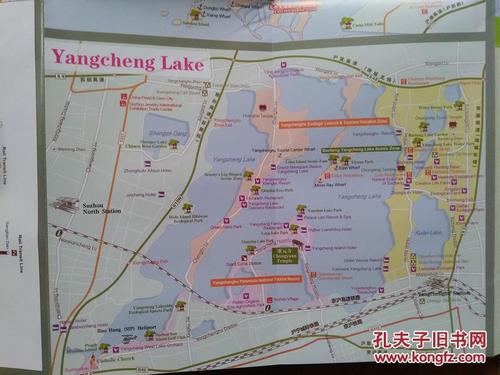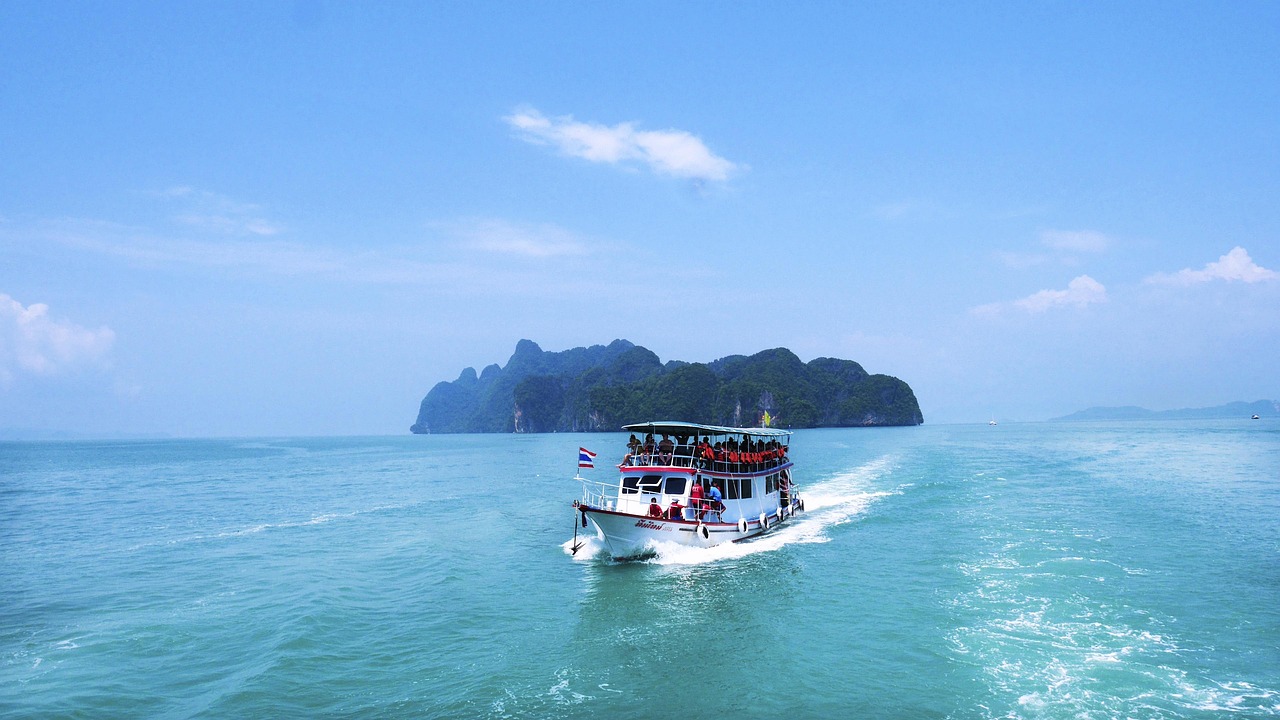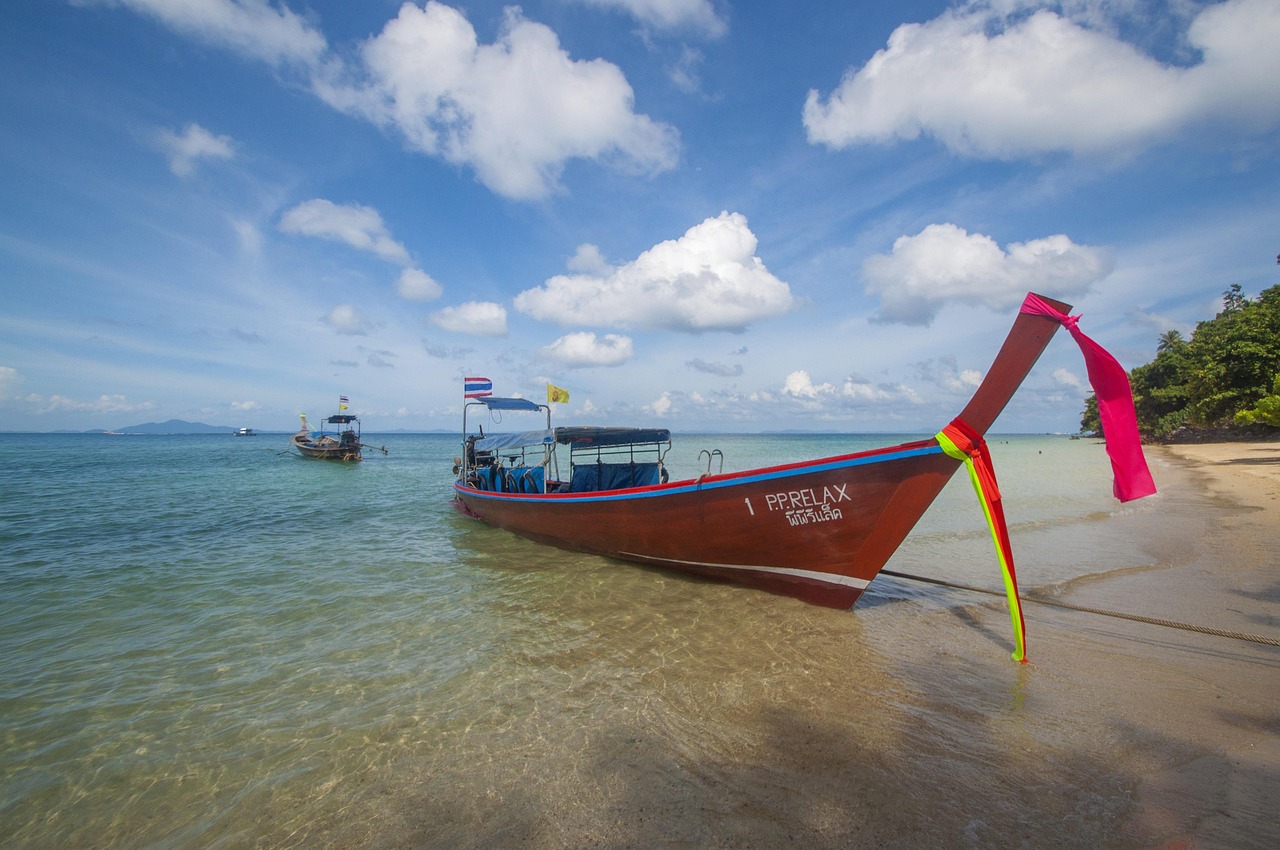旅游线路设计英语
Designing travel itineraries is a crucial part of the travel industry, ensuring that travelers have a wellplanned and organized trip. Here are some key steps and considerations when designing travel itineraries:
Step 1: Destination Research
Begin by researching the destination thoroughly. Understand the climate, local culture, top attractions, and any travel advisories that may be in place. This will help you create a wellrounded itinerary that caters to the interests and needs of your clients.
Step 2: Define the Purpose of the Trip
Understand why your clients are traveling – whether it's for leisure, business, adventure, or relaxation. This will help you tailor the itinerary to meet their specific goals and expectations.

Step 3: Plan the Itinerary
Create a daybyday itinerary that includes activities, accommodations, transportation, and meals. Be sure to factor in travel time between locations and include some free time for exploration and relaxation.
Step 4: Book Accommodations and Transportation
Once the itinerary is finalized, make all necessary bookings for accommodations, flights, trains, buses, and any other modes of transportation. Ensure that all bookings align with the planned itinerary.
Step 5: Communicate with Clients
Keep your clients informed about their travel plans, including any changes or updates. Provide them with all necessary documents and contact information for their trip.
Step 6: Provide Recommendations
Offer recommendations for additional activities, dining options, and local experiences that can enhance the trip. Personalized recommendations can make a big difference in the overall travel experience.
Step 7: FollowUp
After the trip, follow up with your clients to gather feedback on their experience. Use this feedback to improve your future travel itineraries and provide better service to your clients.
Remember, designing travel itineraries requires attention to detail, flexibility, and a good understanding of your clients' needs and preferences. By following these steps and considerations, you can create memorable and rewarding travel experiences for your clients.











